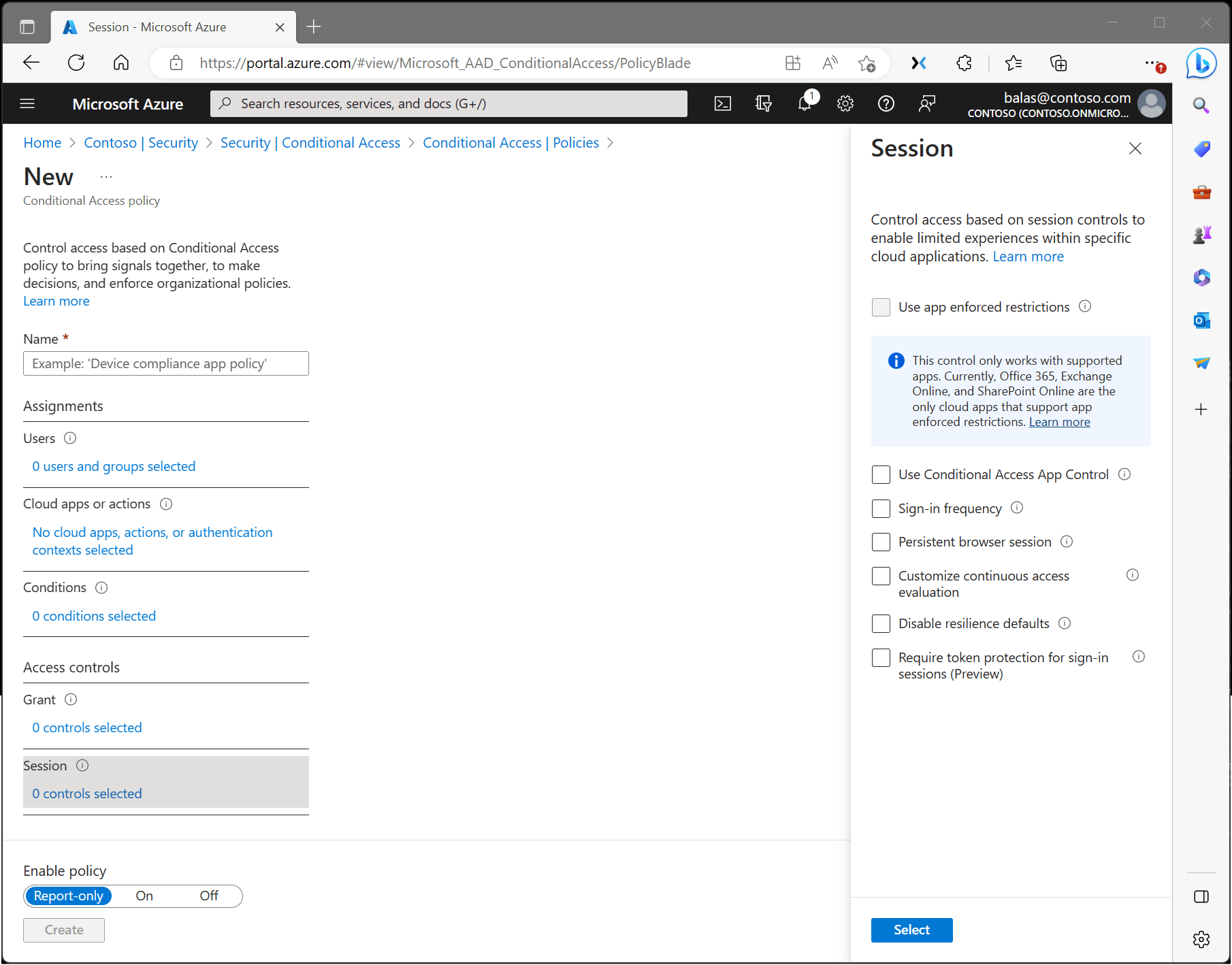Microsoft Forms Conditional Questions
Microsoft Forms Conditional Questions - You can send users to different parts of your form based on their answers. Here are tips to use branching effectively: Learn how to use branching in microsoft forms to create formative assessments. Let’s look at an example using a multiple choice question. Skip to another question in the section, skip to another section, or skip to the end of the form. This ensures the subsequent questions are tailored to the respondents’ previous answers, keeping the survey engaging. Here's how to add branching to your form.
Skip to another question in the section, skip to another section, or skip to the end of the form. Branching essentially allows you to create conditions within your form where based on the answer a respondant chooses, they are taken to a specific set of questions, or maybe even skip over some questions. This not only improves the user experience by keeping forms relevant but also streamlines the data collection process, ensuring you gather the most pertinent information. It includes branching, which allows you to send users to different questions depending on their previous answers.
Branching essentially allows you to create conditions within your form where based on the answer a respondant chooses, they are taken to a specific set of questions, or maybe even skip over some questions. Understand that you are having problems using microsoft forms to target your questions: Design branching paths for each option. Let’s look at an example using a multiple choice question. You can send users to different parts of your form based on their answers. Skip to another question in the section, skip to another section, or skip to the end of the form.
How To Add Conditional Questions In Microsoft Forms Free Word Template
How to add conditional logic in Microsoft Forms The Jotform Blog
To make forms more dynamic and relevant, use the “show question based on answer” feature. This not only improves the user experience by keeping forms relevant but also streamlines the data collection process, ensuring you gather the most pertinent information. Here's how to add branching to your form. It includes branching, which allows you to send users to different questions depending on their previous answers. Conditional logic, or branching, allows you to create dynamic forms that change and adapt based on how respondents answer.
In microsoft forms, you can set up conditional logic to trigger one of three actions when a user answers a question: Conditional logic lets you tailor surveys and questionnaires. Currently, microsoft forms does support the creation of checkbox questions that allow respondents to select multiple answers from preset options. Watch this video to learn how.
You Can Send Users To Different Parts Of Your Form Based On Their Answers.
This ensures the subsequent questions are tailored to the respondents’ previous answers, keeping the survey engaging. Here are tips to use branching effectively: Skip to another question in the section, skip to another section, or skip to the end of the form. In microsoft forms, you can set up conditional logic to trigger one of three actions when a user answers a question:
Avoid Vague Terms And Double Meanings For Accuracy.
Understand that you are having problems using microsoft forms to target your questions: Set up branching logic in microsoft forms, and preview what your responders see when they fill out your form. This not only improves the user experience by keeping forms relevant but also streamlines the data collection process, ensuring you gather the most pertinent information. This logical arrangement saves time.
It Includes Branching, Which Allows You To Send Users To Different Questions Depending On Their Previous Answers.
Watch this video to learn how. To make forms more dynamic and relevant, use the “show question based on answer” feature. Conditional logic, or branching, allows you to create dynamic forms that change and adapt based on how respondents answer. Branching essentially allows you to create conditions within your form where based on the answer a respondant chooses, they are taken to a specific set of questions, or maybe even skip over some questions.
In Microsoft Forms, You Can Add Branching Logic To A Survey Or Quiz Form So That It Changes According To The Responses To Specific Questions.
Design branching paths for each option. Learn how to use branching in microsoft forms to create formative assessments. Let’s look at an example using a multiple choice question. Conditional logic lets you tailor surveys and questionnaires.
To make forms more dynamic and relevant, use the “show question based on answer” feature. This logical arrangement saves time. Conditional logic lets you tailor surveys and questionnaires. Skip to another question in the section, skip to another section, or skip to the end of the form. In microsoft forms, you can add branching logic to a survey or quiz form so that it changes according to the responses to specific questions.







